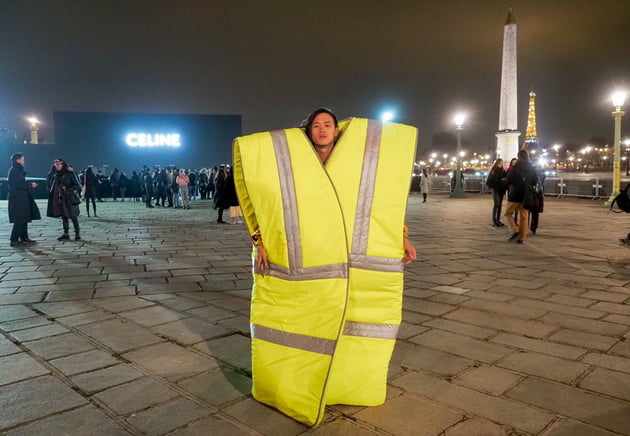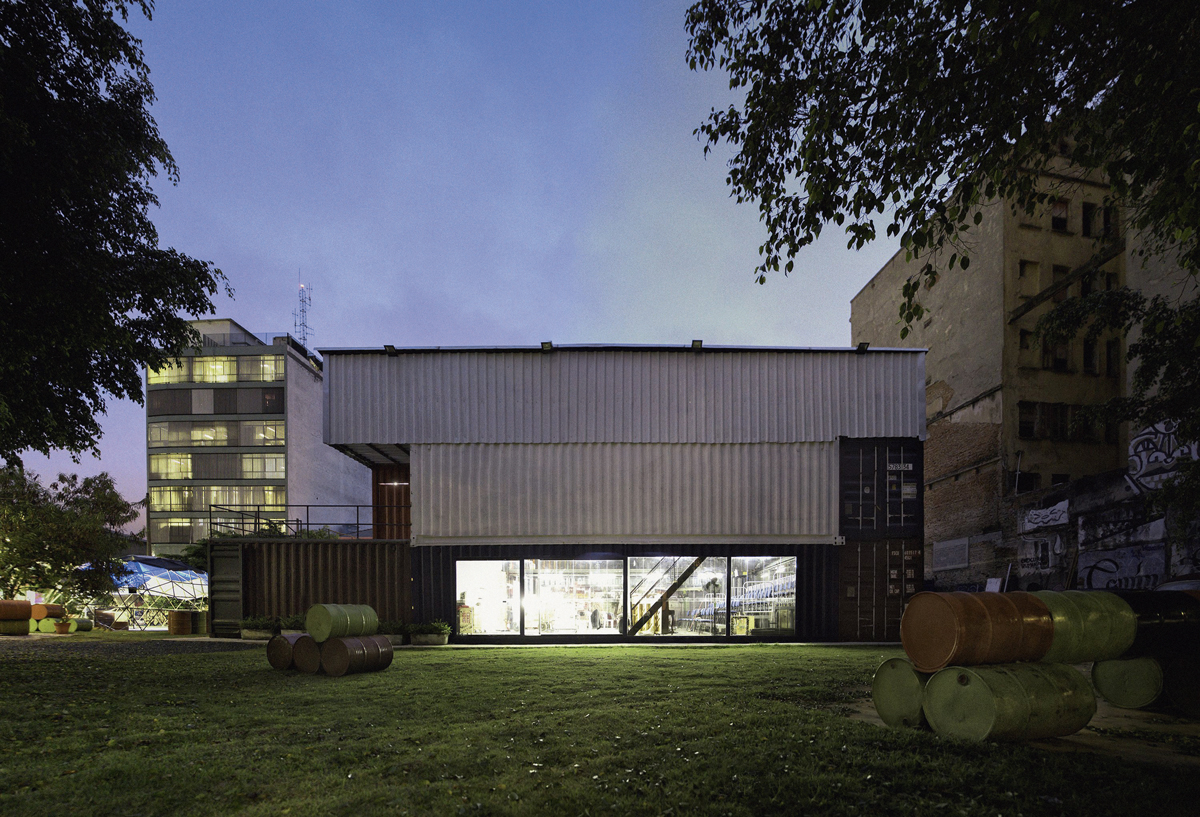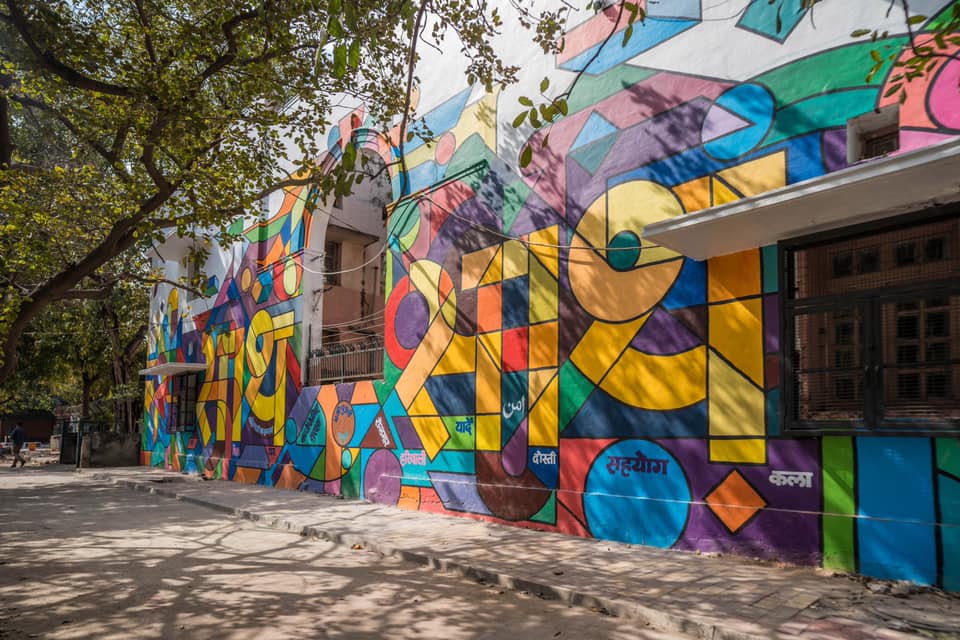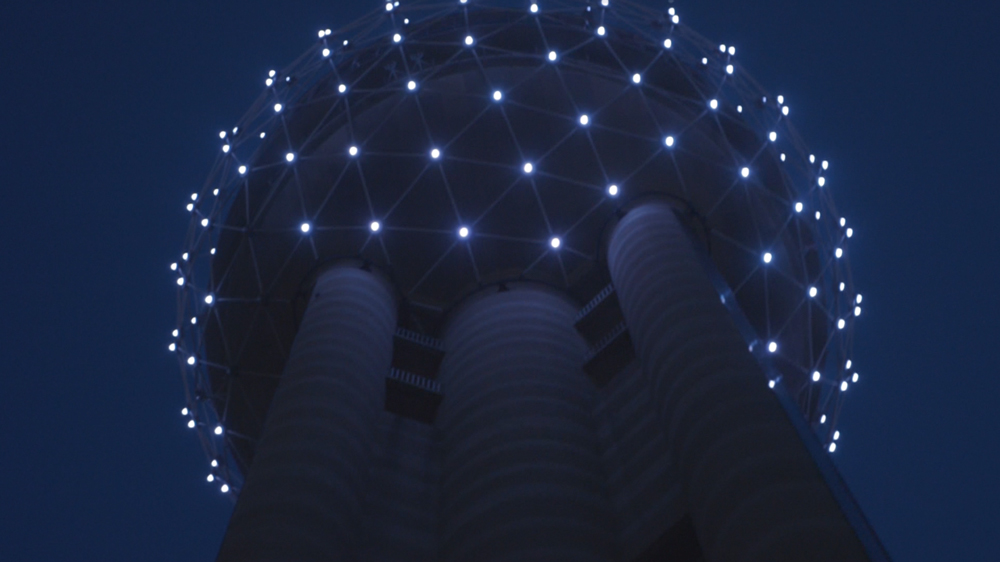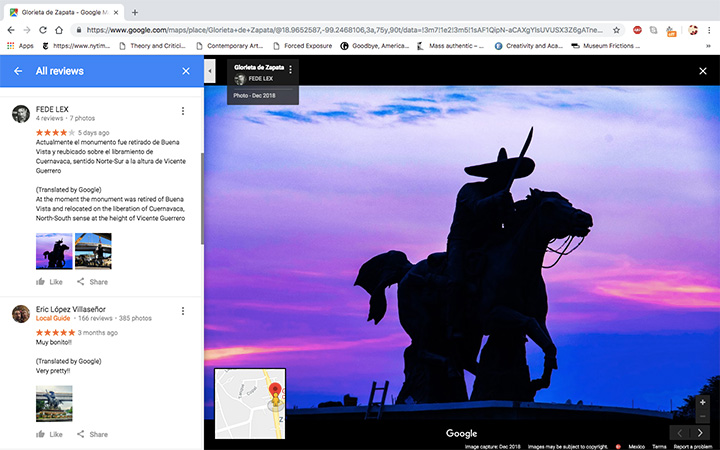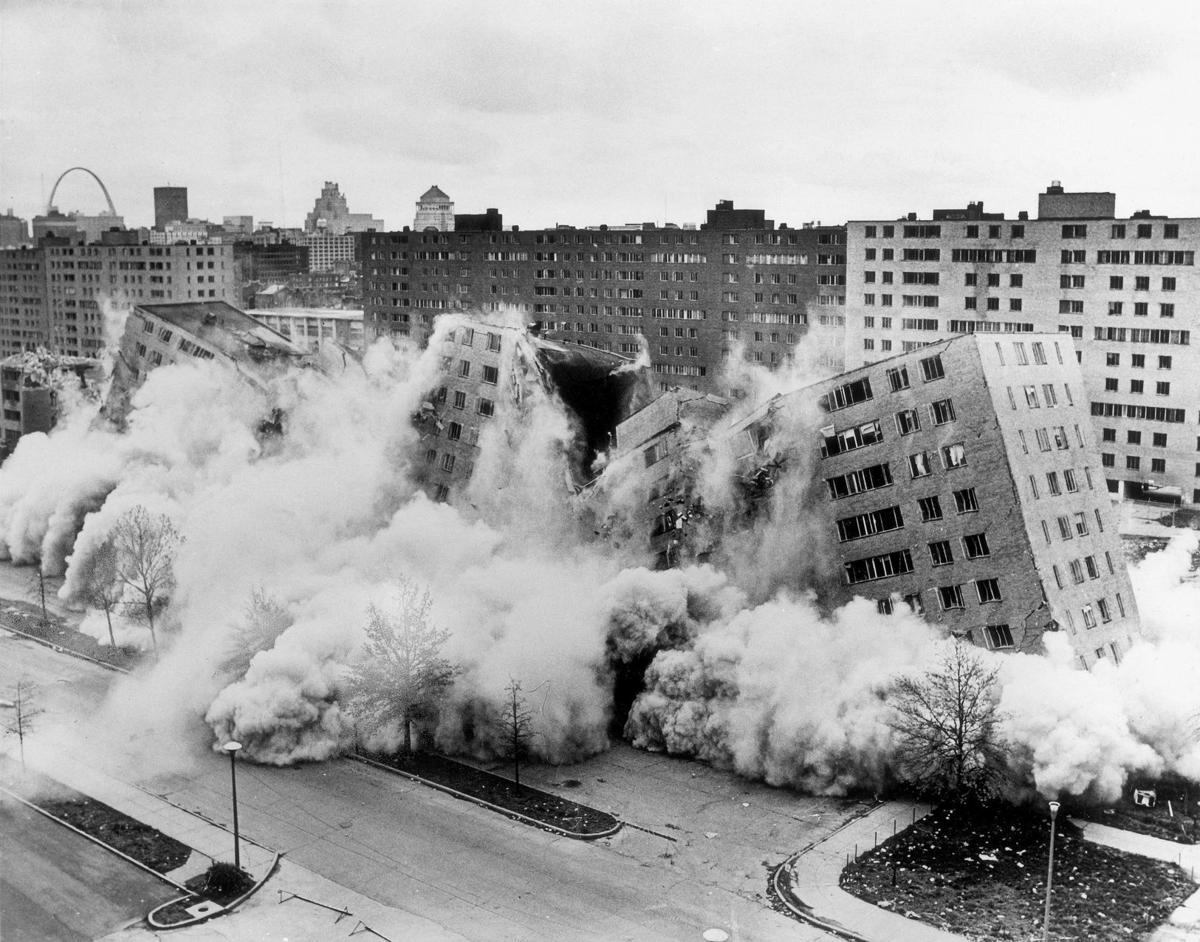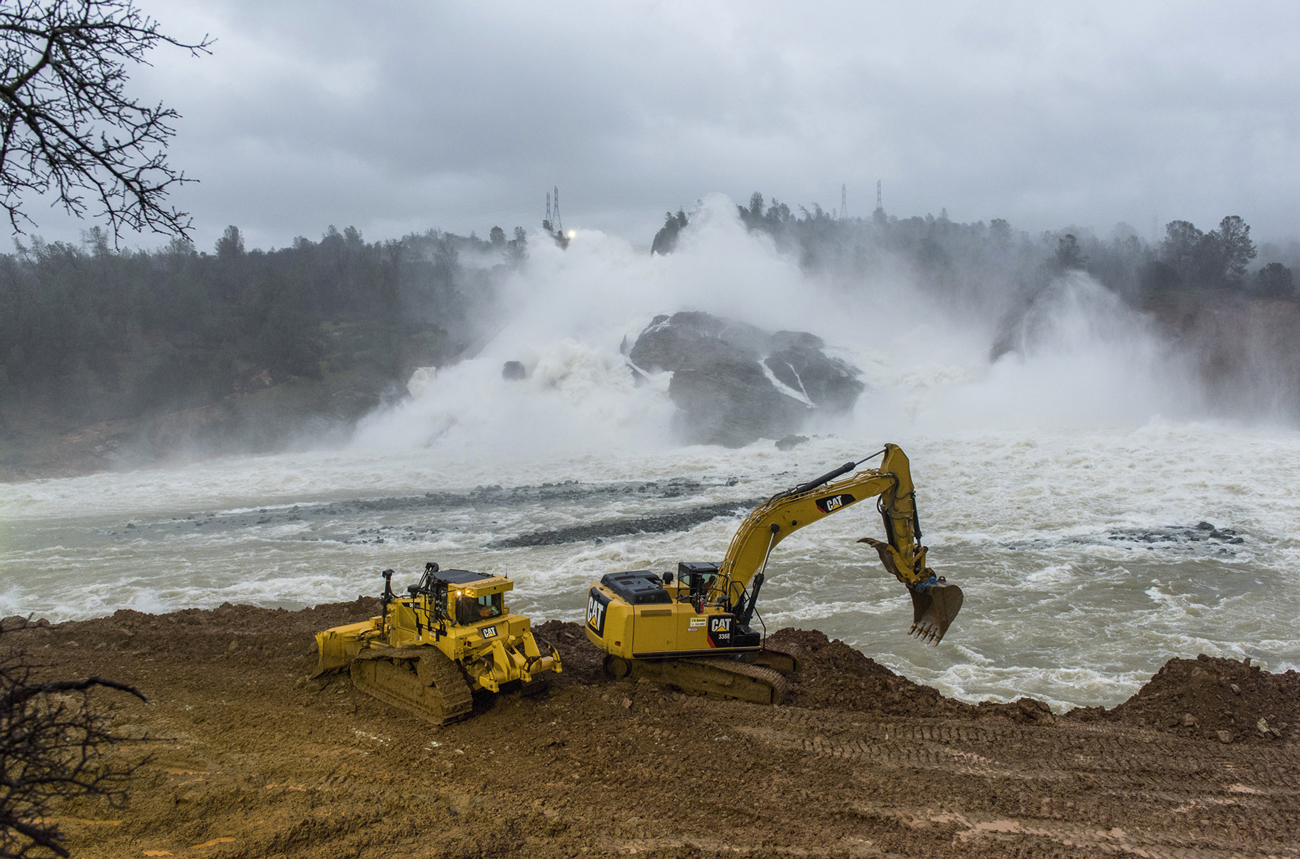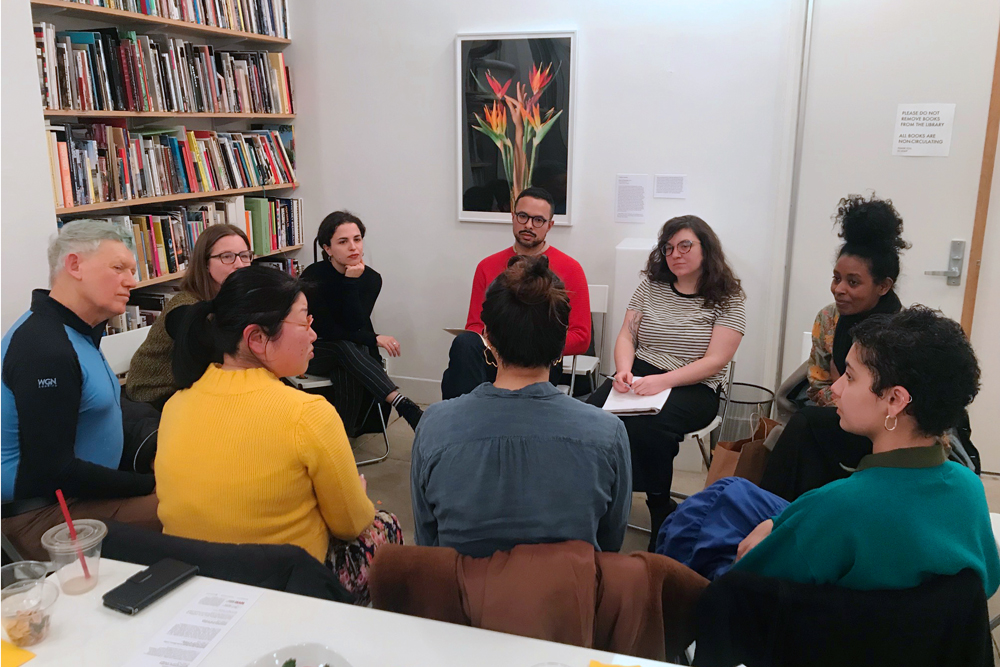No Entropy Cassandra 2020
Bassem Saad
Postdiluvian Time and Toxic Hope
In the summer of 1995, five years after the end of the Lebanese Civil War and amid the wave of reconstructive optimism that washed over nineties Beirut, an international exhibition with French and Lebanese designers and artists was held at Martyr’s Square commissioned by the then Prime Minister Rafiq l-Hariri who visited each of the artists’ contributions.1 In recounting the history of this exhibition and of artist Ziad Abillama’s participating entry, Walid Sadek quotes a passage from poet Ounsi el-Hajj’s "Ana wa Anti Naqisan" (You and I Are Lacking) and pins specific affects to the image of the flood:
One also remembers the words of the most important modernist Arab poet, Ounsi el-Hajj, who often summoned the image of the flood:
“Hope was in the flood, but after rinsing, Noah restored a more wicked human race. Solace lies in the unknown, hope is in the unseen, we awaken suddenly in another land, next to people in whose eyes is nothing but kindness.”
Abillama’s reneged threshold is perhaps up for grabs. Yet if it was an attempt to end our longing for a return of history then it is a threshold devoid of any postdiluvian hope. His flood was not one to be survived.
According to Sadek, Abillama claimed his installation included a rigged electrical set up that could lethally electrocute a visitor or a prime minister, if some conditions around the physical encounter were met. The flood and its afterimage of a cleansed landscape brimming with new hope is conjured in the context of a post-war Beirut which underwent a system-wide restructuring in the shape of neoliberal reform, public-private urban redevelopment of the city center, and ongoing incremental privatization. That hope is wholeheartedly rejected by the artist in his supposed attempt at assassinating Hariri, the linchpin of post-war restructuring and sweeping neoliberal optimism. Sadek’s writings have frequently orbited around a questioning of hope as a sentiment underlying collectivity, and his wariness in a postdiluvian moment struck me and brought me back to present-day Beirut, where I was often using that same term to refer to the running order of things. Perhaps floods and other rapturous events figure and recur more vigorously in the minds of dwellers of certain wretched cities.
At the time of writing this piece, Beirut remains mired in recurring overflows of trash. As a debate rages about how to handle waste rages on from top to bottom layers of management, stopgap measures—such as improvised landfills, occasional incinerators, and informal garbage burning—litter the streets. Since 2015, the situation has become addressed in terms of a crisis. The first signs of said crisis were the garbage canisters that overflowed for days and blocked the city’s sidewalks starting in July 2015, right after the lease at the Naameh landfill had expired. A drive back to Beirut at any time of the day would involve navigating a highway dotted with burning piles of trash. The crisis reached fever pitch in August, when a group of protesters (angered by the mismanagement of waste) attempted to storm the parliament building and were met with tear gas, rubber bullets, and water cannons. The teargas used against the protesters seemed to say that the air was not suffocating enough, that the state had decided to respond to the atmosphere of the moment in kind. The waste revolts seemed to chime in with the rest of the world as it realizes that protests in the 21st century will be brought about by climates, toxic and warming and flaming. The waste revolts ultimately fizzled out after several failed attempts at occupying areas around the parliamentary building. The groups that arose out of the revolts sublimated into municipality and parliamentary election blocs but never managed to make sizeable gains in any election.
After the flood, the Lebanese state returned to its open-ended laboratory of combined sea waste dumping. The improvised seaside landfills that opened up after 2015 in Bourj Hammoud, Jdeideh, and Costa Brava drew on previous experiments carried out in the last three decades. The first and main venture of this kind in Beirut began with the Normandy Landfill, the seaside dumping ground for municipal solid waste and debris during the civil war (1975-1990), located at the faultline between the segregated East and West halves of the city. The Normandy Landfill was rehabilitated in the early 2000s under very opaque conditions by Solidere, the infamous public-private partnership and joint-stock company in charge of the reconstruction of Downtown Beirut. the landfill was converted into the Beirut Waterfront, estimated at over 10 million US dollars and awaiting permanent real estate investment beyond the temporary nightlife venues it currently hosts. Three new landfills have been created along the coastline, turning coastal dumpsites into reclaimed land by cordoning off sections of the sea and backfilling them with untreated waste. To the best of my knowledge, this type of state-initiated, direct waste-to-land operation is rare and may well be unprecedented.
Paul Johnston, an environmental scientist working with Greenpeace at the University of Exeter referred to Lebanon’s dumping into the Mediterranean as a form of “waste management from the Dark Ages.”5 Taken at face value, the sea dumping may seem to harken back to pre-modern waste disposal processes. On closer examination, one could say that due to the provisionality of the operation, the acknowledgement of sea water contamination as necessary damage, and its objective of transforming five years of waste into one square kilometer of land, the logic here is perfectly contemporary, speculatively managing risk while capitalizing on crisis despite long-term uncertainty.
Precipitating the Coming Storm and Refuse Resilience
In 2018, China effectively banned the import of plastic waste after years of local environmental activism and mobilizing, causing the US, European Union, and Australia to find other destinations for waste export and to increase their own incineration activity back home. For decades, a sizeable portion of recyclable waste in those countries and others was exported to China and other countries. The ban, code named National Sword, led to a global reshuffling of the movement of waste, which further impacts places already burdened with its presence, from working-class and communities of color that host incineration facilities in the Global North such as Chester, Philadelphia in the US, to countries in the South with governments and private sectors profiting from waste import such as Malaysia.
Ahead of Lebanon’s next impending overflow of garbage, after the new landfills again reach their full capacity in 2020, the government has proposed a nationwide plan to build incineration facilities, notwithstanding that the national air pollution level is already well above WHO-recommended levels. The bill has sometimes appeared in combination with a proposal to turn Lebanon into a waste-importing country as a way to make the incinerators financially feasible, without the necessary long-term study and testing for an endeavor of this scale. After months of deliberation and ardent public backlash, the most recent update in July 2019 seems to be that the decision to build an incinerator has been adjourned to a later time and the hypothetical incinerator has been expelled out of the Beirut metropolitan area.
While this warrants a temporary sigh of relief, the work of local environmental activists rages on towards further challenges of the waste management situation, which is hardly any closer to a satisfactory solution. That labor has been instrumental in re-orienting the path of a shared infrastructural future and in allowing the public to better gaze onto a catastrophic reality that was and still is in the works. To these ends, environmental activists and grassroots groups such as the Waste Management Coalition have engaged in visualization and simulation activities against the planning endeavors of the state. The tactics described below qualify as efforts at a countervisuality in their attempts at wresting the ability to depict the future from the stakeholders who govern the distribution of harm and its visibility.6
In February 2019, Paula Yacoubian, the parliament’s only secular-liberal ‘civil society’ member who made it into the Lebanese parliament after the waste revolts, addressed the chamber on the subject of the plan to build incineration facilities in Beirut’s industrial Karantina district.7 After stressing the unsuitability of Lebanese waste’s low energy value and its resulting unsuitability for incineration, Yacoubian reminded her fellow representatives that Karantina is home to Achrafieh’s minority Muslim and non-Lebanese working-class populations. This fact is in coherence with the official planning logics and informal decision-making that have been applied to the Karantina district over past decades, which have included a slaughterhouse, the Sukleen waste treatment facility, and unregulated waste dumping. Yacoubian’s interjection is compelling because she deploys the same sectarian NIMBY logic that she accuses the other representatives of espousing. To convince the attendants that the expected damage from the incinerator will not be confined to the already dejected Karantina, she brought in the results of a Pollution Transport simulation carried out by a Dr. Issam Lakkis at the American University of Beirut, an independent third-party actor8. The simulation predicts and visualizes the movement of airborne pollutants released by two hypothetical incinerators with 50-meter high stacks in Dawra and Hurj Beirut over a period of one year. Within Yacoubian’s argument, the simulation becomes scientific and technocratic proof that the resultant toxicity will extend beyond Karantina’s discounted population and into the rest of Beirut and the Easten suburbs, comprised of largely Lebanese Christian populations already at risk from the emissions of the country’s main thermal power plant.
Another attempt at a countervisuality made by the Waste Management Coalition consists of a video circulated on the Coalition’s Facebook page, titled The Toxic Flag. The video is a dramatized documentation of a public intervention that the Coalition carried out on a highway adjacent to the Karantina area. The intervention consists of a physical recreation of the object at the center of the Western Flag artwork by John Gerrard—a tall solitary pole emitting horizontal rays of black smoke, resembling a waving flag. The original artwork by Gerrard is virtually located at Spindletop, the former oil field in Beaumont, Texas that was at the center of the early 20th century oil boom in the United States. The Waste Management Coalition’s equivalent of a public service announcement appropriates the virtual object in the artwork, turning it into a (real, non-toxic) smoke machine public intervention.11 It seems fitting that the repurposed artwork in question is located at a historical site considered a cradle of industrial modernity and a beacon of early twentieth-century growth and progress. Its reproduction in Beirut does not nod to any modernity, but to a contemporary crisis-ridden condition; the infrastructural project at hand, a grim incinerator, does not hold a promise of growth or change but another phase of unstudied toxin management.
In Hopeful Resilience, Orit Halpern traces the development of the term “resilience” in the history of ecological cybernetics and its contemporary strategic use by planners and stakeholders in combination with hopefulness as a virtue necessary for the continuous cycle of redevelopment after strife and volatility.9 C. S. Holling, writing in 1973, pioneered the notion of resilience and challenged the centrality of “equilibrium” or homeostasis as a guiding principle of Cold War -era cybernetics, which assumed a predictable world consistently returning to stability, and aimed to know and control it as such.10 In contrast to the then-dominant worldview of homeostasis in military science and top-down management and extraction, the resilience view gained currency because it rejected a premise of absolute knowledge, arising out of left-field critique and aiming to be adaptive to the unpredictable tides of a changing world. In the decades that followed, the logic of resilience proved itself to be in alignment with Austrian economist Friedrich Hayek’s conception of markets as complex adaptive systems, and consequently his skepticism of predictive models and rejection of state intervention. In the last decade, since the 2007-2008 financial crisis and with wider acknowledgement of the volatility of our climates, adoption of discourses of resilience and non-predictive models has peaked across disciplines and professional spheres, from finance to environmental policy and urban planning.
Halpern asserts that “resilient hope” is a paradigm that cuts across the technology divide, and “links high-tech computational infrastructures of ubiquitous computing and ‘smartness,’ data centers and finance, to the more ‘concrete’ extractive or exploitative economies of bodies.” Under logics of resilience, there is an absence of strong notions of progress and uplifting change, as governance enters into permanent states of crisis mitigation and management. Questionable infrastructural development in the Global South, and in countries and cities with established politico-economic turmoil such as Beirut, is often discussed with a rhetoric of “corruption” and crony capitalism. While that is of course the case, what is often obscured are the underlying and continuous logics of government through crisis across different levels of development, technological advancement, and the North-South divide.
The difference between Beirut of the 90s that Walid Sadek ruminates on in the introduction—with its ardent hope after total destruction and its optimism at the prospect of reconstruction—and present-day Beirut, is that in the current moment, both the hope and the destruction are much less glaring. The prognosis does not include a fertile, flood-cleansed meadow, but oscillation from one makeshift waste management solution to the next, with flickering margins of toxicity. The country is permanently on the cusp of delayed financial and ecological collapse. 1990s Lebanon could be closer to 2020s Syria, where the un-toppled Assad regime will be rebuilding the country with the help of planners and architects from Beirut and Beijing and elsewhere, over bodies of water that may still be contaminated by toxins from past chemical attacks.
Entropy Cassandra 2020
A system, to the extent that it is a system, is never pure and perfect: there is a degradation of its energy to the extent that it undergoes exchanges, in the same way as information degrades as it is circulated around. This is what Clausius called entropy. Entropy, considered as a natural law, is the cybernetician’s Hell. It explains the decomposition of life, disequilibrium in economy, the dissolution of social bonds, decadence… Initially, speculatively, cybernetics claimed that it had thus opened up a common ground on which it would be possible to carry out the unification of the natural and human sciences.
–
Tiqqun, The Cybernetic Hypothesis
Resilience is a measure of the ability of a system to withstand shock and variation and still maintain its internal relationships. Entropy is a much more elusive property of a system, defined differently between disciplines from thermodynamics to information theory and the biological sciences. I found an article from a journal on computational intelligence that studied carcinogenesis as a process of entropy, explaining that a cancerous cell undergoes mutations in genome amount to a loss of internal information, and hence to an increase in entropy.
In 2018, I visited my mother daily for several months at the Middle East Institute of Health’s cancer ward right outside of Beirut, where I could not ignore the African and South-East Asian migrant domestic workers in every other room taking care of patients whose family members were not available on weekdays or overnights. I heard a man who said he was an electrical engineer working with different hospitals say that the cancer wards in all those hospitals could barely accommodate the demand, and were rapidly expanding. Folktales of soaring cancer rates here are frequently heard and reiterated, never confirmed nor disproven in the absence of reliable data. What is more certain is that if someone were to model a system in a given population that includes variables of pollution, toxicity, illness, the healthcare industry and care work, they would observe an increase in illness rates, a subsequent boom in the healthcare system, and an increase in exploitative care labor of cleaning up waste and nursing toxified bodies, performed by Black and Brown women through global care chains. For all its entropy, that system could still pass as a resilient system.
We may take refuge in remembering that there were specific space-times when individuals and collectives, and artists and practitioners did not feel as though they inhabited a world constantly churning to the rhythm of one shock after the next. Before the notion of resilience was widely accepted, the concept of homeostasis lent itself to imaginings of flowing stability and de-hierarchization. In the Western world in the sixties, artists of the avant-garde and figures from the counterculture and the New Left took stock of the developments in cybernetic thought, despite the roots of that thought in military sciences of control. They saw in homeostasis a vision of a harmonious and self-regulating world, taking inspiration from ideas of feedback and finding in the looping, horizontal movement of information a semblance of a post-capitalist world not built on vertical structures of exploitation.12 But those space-times are not ours, and we may have never been able to envision occupying harmonious, homeostatic times, nor do we really wish to.
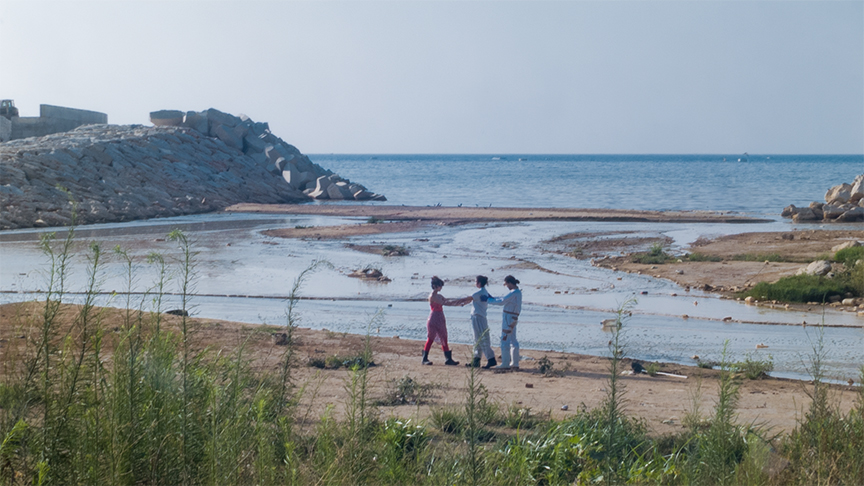
Toxic spills and contamination continue to occur with each crisis as infrastructures devolve, and for those of us living in points of particular vulnerability, it is difficult not to become merely Entropy Cassandras, constantly fretting about the incremental darkening of the future and seeking a shelter that was only ever selectively distributed.13 Yet perhaps it is in these cracks, in these same crises, that we may look upon some form of alternate world. For better or worse, forms of uprising mirror the dominant forms of power, and if governance has internalized failure in the face of an increasingly malfunctioning world, then we must attempt to find opportune moments at the breaking points. What if before the storm or flood clears, as we lie wasted and destitute, we might in that moment hope to destitute power itself? If we imagine ambient toxins as being able to perfuse across the barriers of the individual, we are reminded of the fragile continuity of flesh and organ and fluid between our isolated, individual selves. Thinkers of destituent power have in recent years urged us to see gatherings in times of crisis as a chance for temporarily and ultimately breaking out of the katechon of resilience,14 from relief site, to Zone à Défendre (sit-in-against-incinerator-or-airport-or-highway-cum-Temporary-Autonomous-Zone), the Beirut Migrant Community Center, the queer commons, or a dance at a leaching landfill. In the words of the Invisible Committee: “What is to be deserted is not "society," or "individual life," but the dyad they compose. We must learn to move on a different plane.” While we continue to protest and demand the state’s protection for the most fragile among us, we could also dare to imagine disrupting the need for that protection and divesting from endless cycles of harm and false rebirth.
-
Sadek, Walid. “My Postmodernity and the First Attempted Assassination of Rafiq al-Hariri.” Paper presented at Ashkal Alwan’s Home Workspace Program, Beirut, February 2019. ↩
-
Sadek, Salah, and Mutasem El-Fadel. "The Normandy Landfill: A Case Study in Solid Waste Management." Journal of Natural Resources and Life Sciences Education, no. 29 (January 2000). ↩
-
Mansour, Fadi. “From Trashdump to Dreamland. Solid Waste Machine: An Entangled History of Toxicity and Capital.” Paper presented at The Place that Remains, Beirut, March 2018. http://sardassets.lau.edu.lb/arc_catalogs/the-place-that-remains-proceedings-essay-17.pdf ↩
-
Khazrik, Jessika. “Chapter III: Anything But Being Buried Underground: The Landfill That We Could Once Go To" in Who Knows Where: A Treatise on Indisciplinary Thinking. PhD diss., Massachusetts Institute of Technology, 2017. https://dspace.mit.edu/handle/1721.1/111542 ↩
-
Sherlock, Ruth. "Environmentalists Warn Of Mediterranean Pollution From Lebanon Land Reclamation." National Public Radio, January 11, 2018. https://www.npr.org/sections/parallels/2018/01/11/575925118/environmentalists-warn-of-mediterranean-pollution-from-lebanon-land-reclamation. ↩
-
Mirzoeff, Nicholas. "Countervisuality and the Common: The Global Social Movements, Imagination and Climate Change." Third Text, January 15, 2013. http://www.thirdtext.org/countervisuality-and-the-common-arc. ↩
-
"المحارق سوف تحرق ما تبقى من صحة اللبنانيين" ... كلمة النائب بولا يعقوبيان حول المحارق في جلسة مناقشة البيان الوزاري Paula Siragan Yacoubian #لشو_المحارق #الحل_موجود, Facebook video, 5:02, posted by Waste Management Coalition - ائتلاف ادارة النفايات, February 20, 2019 https://www.facebook.com/WasteManagementCoalition/videos/848111602220056/ ↩
-
Lakkis, Issam, and Samer Salloum. Does it matter where in Beirut we put the incinerators? PDF file. https://www.aub.edu.lb/natureconservation/Documents/3ILakkis.pdf ↩
-
Halpern, Orit. "Hopeful Resilience." E-flux Architecture, no. Accumulation (April 19, 2017). https://www.e-flux.com/architecture/accumulation/96421/hopeful-resilience/. ↩
-
Holling, C S. “Resilience and Stability of Ecological Systems.” Annual Review of Ecology and Systematics 4 (1973) 1-23. https://doi.org/10.1146/annurev.es.04.110173.000245 ↩
-
Walker, Jeremy, and Melinda Cooper. “Genealogies of Resilience: From Systems Ecology to the Political Economy of Crisis Adaptation.” Security Dialogue 42, no. 2 (April 2011): 143–60. doi:10.1177/0967010611399616. ↩
-
Bernes, Jasper. "The Poetry of Feedback." In The Work of Art in the Age of Deindustrialization. Stanford, CA: Stanford University Press, 2017. ↩
-
Cassandra is the princess from Greek mythology who has the gift of prophecy but whose warnings are never believed. ↩
-
Wakefield, Stephanie, and Bruce Braun. “Guest Editorial.” Environment and Planning D: Society and Space 32, no. 1 (February 2014): 4–11. doi:10.1068/d3201int. ↩
